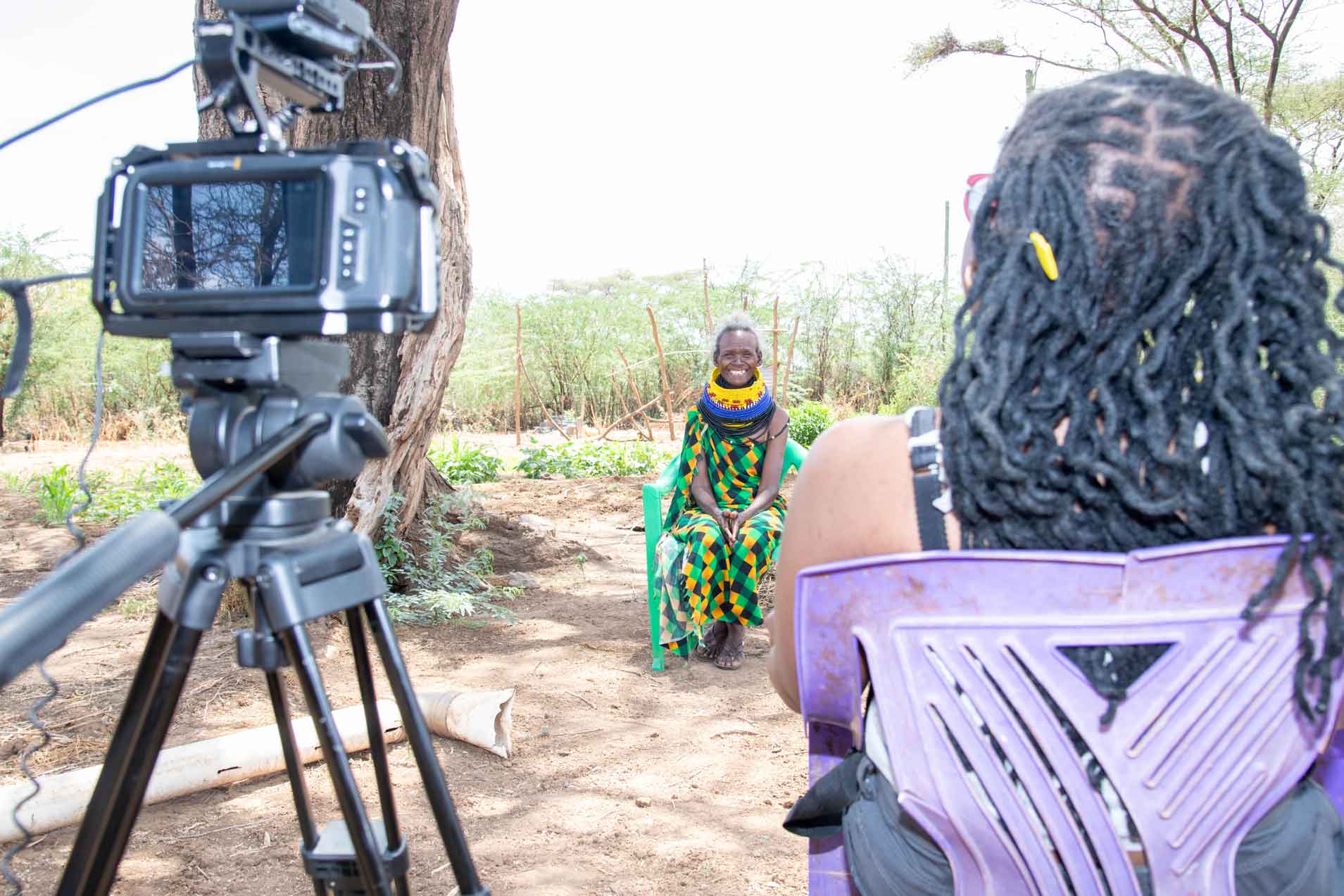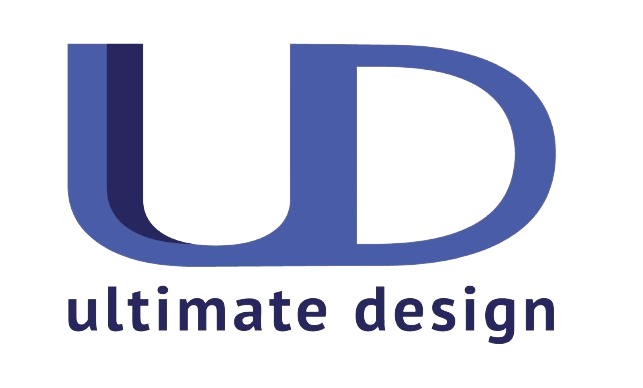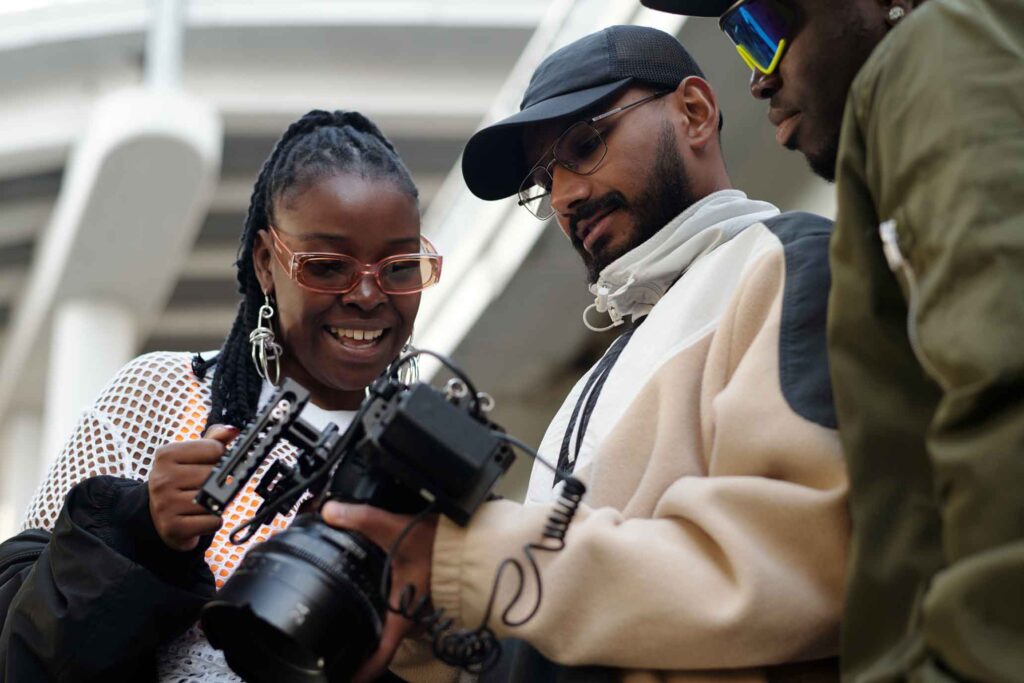Businesses and organizations often struggle with effectively communicating their project successes in a manner that not only informs but also resonates meaningfully with stakeholders.
Traditional project reporting often leans on dry statistics, charts, and technical jargon that tell the story but miss the emotional core. While numbers are important, what truly sticks with people are stories—stories that connect, inspire, and reveal the impact behind the facts. This is where documentary storytelling steps in, elevating reports from routine summaries to living, breathing narratives that showcase the real-world change a project brings.
Imagine if your project reports didn’t just list objectives and outcomes but also engaged your audience on an emotional level. What if these reports told the whole story—the struggles, the triumphs, and the lives touched by the project? This is the magic of documentary storytelling: it brings heart to data and makes the work more relatable and impactful.
What Is Documentary Storytelling?
Documentary storytelling in project reporting goes beyond simply outlining the steps taken to complete a project. It turns those steps into a compelling, human-centered narrative. Instead of just detailing what happened, it gets into the “why”—why the project was needed, why it matters, and why those involved care. This approach often includes a mix of interviews, real-world visuals, and personal anecdotes. It shifts the focus from raw data to tangible human outcomes, allowing stakeholders to see and feel the real impact.
Consider this: instead of a report stating that a new water sanitation system was installed in a rural area, a documentary approach might show families using it for the first time, sharing their relief and joy. Interviews with community members might reveal how the system has transformed daily routines, freeing up time for children to attend school or for families to focus on health and well-being. These stories breathe life into numbers, turning information into meaningful experiences.
Why Storytelling Matters in Project Reporting
We live in an era overflowing with information, where attention spans are short and dense, technical reports often go unread. Stakeholders need to quickly understand the value of a project, and this is where storytelling shines. Stories resonate because they evoke emotions in ways that data alone cannot. Documentary storytelling takes reports beyond information-sharing and turns them into experiences, helping audiences remember not just the facts but the deeper significance of the work.
Take, for example, a traditional report that states the number of homes built in a low-income neighborhood. While impressive, it lacks depth. Documentary storytelling could instead tell the story of a single family who now has a safe home for the first time—showing how it’s changed their sense of security, improved their quality of life, and given them hope for the future. Such stories engage stakeholders on a personal level, making them more invested in the project’s purpose.
The Human Side of Projects

One of the most powerful elements of documentary storytelling is how it showcases the people behind every project. Projects don’t succeed on data alone; they’re powered by human effort, resilience, and emotion. Highlighting the experiences of team members and the communities they serve brings out the heart of the story and reveals the difference being made.
Imagine a healthcare initiative focused on building clinics in remote areas. A typical report might cover the number of clinics built and resources used. But a documentary narrative could introduce the nurses, doctors, and patients at the heart of the story. An interview with a doctor might highlight how the new clinic has transformed their ability to care for more patients, while a mother’s account could illustrate how life-saving treatment for her child has given her peace of mind. These real, human-centered stories bring the numbers to life, showing the ripple effects of the work.
Or think about a renewable energy project bringing solar power to a village. A conventional report might outline energy output and cost savings, but documentary storytelling could showcase the local entrepreneur who, with reliable electricity, can now run a business or the student who no longer struggles to study by candlelight. When these personal stories are shared, the impact becomes real and unforgettable.
Building Emotional Connections Through Stories

Documentary storytelling taps into the emotional power of shared human experience. When stakeholders feel connected to a project on a personal level, they’re more likely to support it—whether that means continued funding, participation, or simply spreading the word. By showing not only what was done but how it changed lives, storytelling creates a bridge between the project and the people invested in it.
Think about a disaster relief effort. A report might list the number of supplies delivered or volunteers mobilized, but a documentary could tell the story of a family whose home was rebuilt after a flood, showing how they found hope in the help they received. This type of storytelling not only informs but also moves people, turning data into stories of survival and resilience that inspire continued involvement and support.
These stories can also encourage action. When stakeholders see the faces behind the data—the people whose lives have been impacted—they’re reminded that their support makes a real difference. Sharing stories of communities uplifted by a project can amplify its purpose and the urgency to keep going, fostering a stronger sense of commitment.
Transparency and Trust Through Documentary Storytelling
In today’s world, transparency isn’t just a nice-to-have; it’s essential. Stakeholders, donors, and partners want to know not just about the successes but also about the challenges faced. Documentary storytelling allows for this level of honesty and builds trust in a way that purely positive reports cannot.
When setbacks happen, traditional reports might gloss over them or avoid mentioning them altogether. In contrast, documentary storytelling can show how obstacles were confronted and overcome, highlighting the resilience and problem-solving skills of the project team. This approach doesn’t weaken a project’s narrative; it strengthens it by showing the authenticity of the journey.
For example, an education project in a remote region might encounter delays due to political tensions or logistical hurdles. While a typical report might note these as minor setbacks, a documentary could show the local educators and project leaders navigating these challenges, revealing their determination and commitment. This level of transparency adds depth and credibility, making stakeholders trust the process and the people behind it.
Making Complex Information Understandable
One of the strengths of documentary storytelling is its ability to simplify complex data for a broad audience. Not everyone who reads a project report is an expert in data analysis or technical fields, but everyone understands stories. By combining visuals, real-world examples, and clear language, documentary storytelling can translate complex concepts into something relatable and engaging.
Consider a large-scale infrastructure project. A traditional report might go into detail about materials, timelines, and technical specifications. A documentary, however, could use time-lapse footage, personal stories from construction workers, and commentary from project leaders to show how the pieces come together. This way, stakeholders get a sense of the scope and importance of the project without getting lost in technicalities.
Similarly, for a project related to environmental conservation, traditional reports might include dense data on land use and biodiversity. Documentary storytelling could instead show a local farmer explaining how the project has preserved their land, or an ecologist discussing how these efforts contribute to the health of the region’s ecosystem. These stories make the data come alive, making it easier for stakeholders to understand and feel the project’s impact.
The Power of Visuals in Storytelling
Visuals are at the heart of effective documentary storytelling. While traditional reports are heavy on text, storytelling brings in photos, videos, and infographics to create a more engaging experience. Visuals can show progress in ways that words cannot, making the impact of a project more vivid and memorable.
Imagine a time-lapse video of a school being built, from the first shovel hitting the dirt to the final coat of paint. Or think of before-and-after photos that capture how a healthcare project has transformed a community clinic. These visuals turn dry facts into a compelling narrative that sticks with the audience long after they’ve seen it.
Visuals also help make abstract ideas concrete. In an environmental project, for example, an aerial view of protected forests alongside graphs showing reduced deforestation can give a complete picture of success. Pairing visuals with narrative helps stakeholders grasp both the big picture and finer details, creating a fuller understanding of the project’s importance.
Long-Term Benefits of Documentary Storytelling
While traditional reports often become outdated quickly, documentary storytelling has lasting value. These stories can be revisited, shared, and repurposed, giving them a life beyond their initial use. Over time, as projects evolve, documentary storytelling can track long-term change and highlight the sustained impact of an initiative.
For example, an education project might follow the same students over several years, showing how their lives have been shaped by the support they received. A follow-up could reveal that a student who benefited from early interventions has now graduated and started a career, illustrating the ripple effect of the project’s influence. These long-term stories showcase not just that a project worked, but how it continues to make a difference.
These narratives also pave the way for future projects. By sharing past successes and the lessons learned, documentary storytelling can inspire stakeholders to support new initiatives, ensuring ongoing engagement and support.

